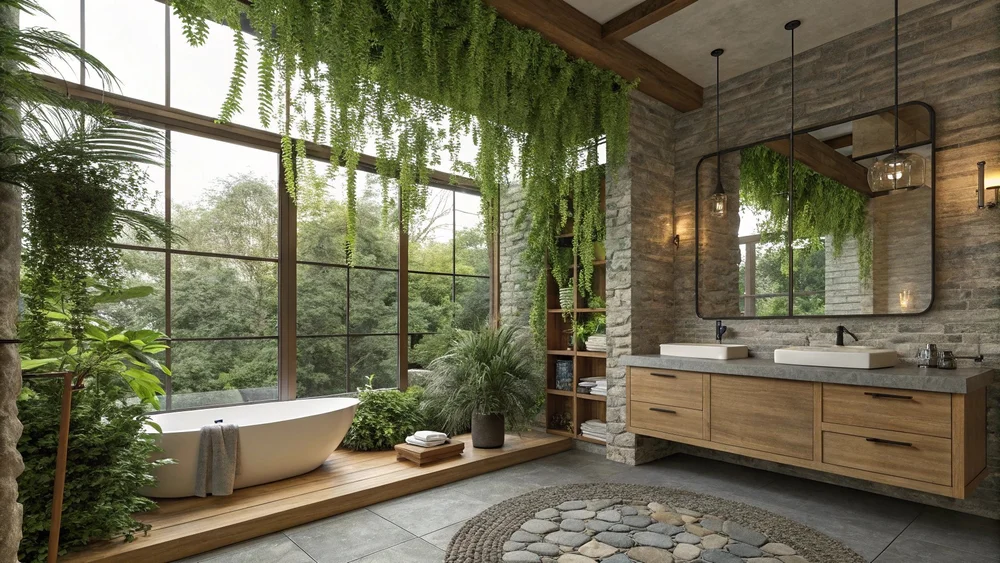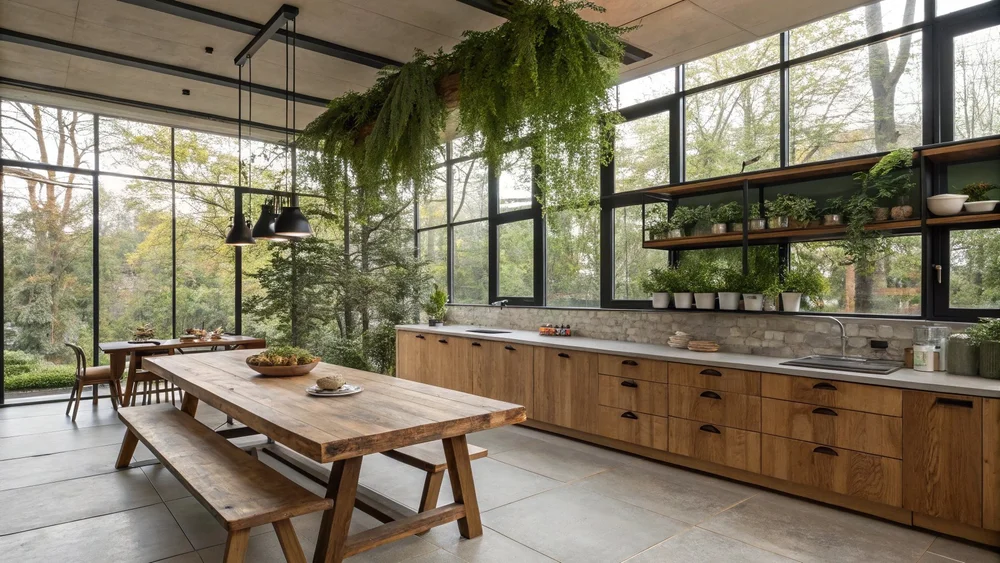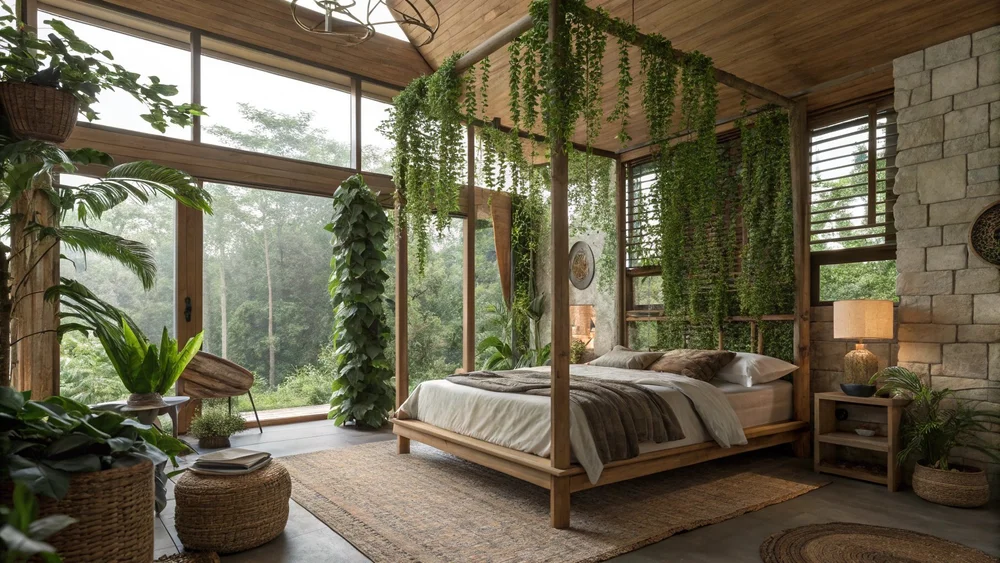By Bobby Parker – Senior 3D Artist & Architectural Illustrator
After more than three decades in the world of 3D visualization, I can tell you this: a realistic rendering is not born from software alone. It is the product of a thousand small decisions, each informed by a trained eye and years of observing how the real world behaves.
Light: The Silent Storyteller
Light is not just a technical element in a rendering; it is the soul of your creation. I have spent countless hours studying how daylight spills into a room at different times of year, how shadows soften through sheer curtains, and how artificial lighting layers create warmth or drama. Realism stems from mimicking those nuances—not just placing a light source, but allowing it to breathe within the scene.
Materials with a Past
In reality, surfaces carry history. Glass has smudges, wood grain shifts subtly in tone, and metal bears tiny imperfections from life’s wear and tear. Early in my career, I learned that making something too perfect is the fastest way to break the illusion. A rendering comes alive when textures hold character, when they tell their own quiet story.
Framing the Scene Like a Photographer
I approach my camera angles like a photographer on location. This means considering the natural flow of the space and how a person would naturally interact with it. Is this the view a person would naturally see as they walk in? Is the focal length comfortable to the eye? Introducing depth of field, slight lens distortion, or a leading line can make the viewer feel like they are standing in the space rather than looking at a model. For instance, using a wide-angle lens can create a sense of spaciousness, while a telephoto lens can bring distant objects closer, just like in real life.
Adding the Human Touch
One of my favorite tricks is to introduce subtle signs of life: a casually draped throw, a chair pulled slightly away from a desk, a cup of coffee waiting for its owner. These details are not just decorative—they are an invitation. They make the viewer believe someone has just stepped out of the frame. For instance, a book left open on a table, a pair of shoes neatly placed at the entrance, or a half-finished painting on an easel can add a sense of human presence to your rendering.
The Final Polish
Even with intense lighting and high-quality materials, the journey is not over until the final polish in post-production. A gentle grade to balance color, a touch of bloom to soften highlights, and tiny imperfections—such as the slight haze you would see on a summer afternoon—can transform your image from technically accurate to emotionally believable, and you can take pride in your masterpiece.
After 35 years, I have learned that realism is never about chasing perfection—it is about capturing life. When light, texture, composition, and human presence work together, the result is not just a rendering. It is a place where someone can feel at home.
1. Light & Shadow
-
✅ Balance natural and artificial light
-
✅ Study how light changes throughout the day
-
✅ Use soft shadows with natural falloff
2. Materials with Character
-
✅ Add subtle imperfections (scratches, smudges, patina)
-
✅ Vary surface roughness for authenticity
-
✅ Use real-world references for color and texture
3. Composition & Camera
-
✅ Frame shots like a photographer
-
✅ Use realistic focal lengths
-
✅ Add depth of field or leading lines for depth
4. Human Touch
-
✅ Include signs of life (coffee cup, throw blanket, books)
-
✅ Slightly “disturb” perfection—misaligned chair, open drawer
-
✅ Tell a story through small details
5. Final Polish in Post
-
✅ Gentle color grading for mood
-
✅ Add subtle bloom or haze for atmosphere
-
✅ Keep effects minimal to avoid looking artificial
source
https://bobby-parker.com/architectural-rendering-blog/what-it-takes-to-make-a-rendering-look-and-feel-real













